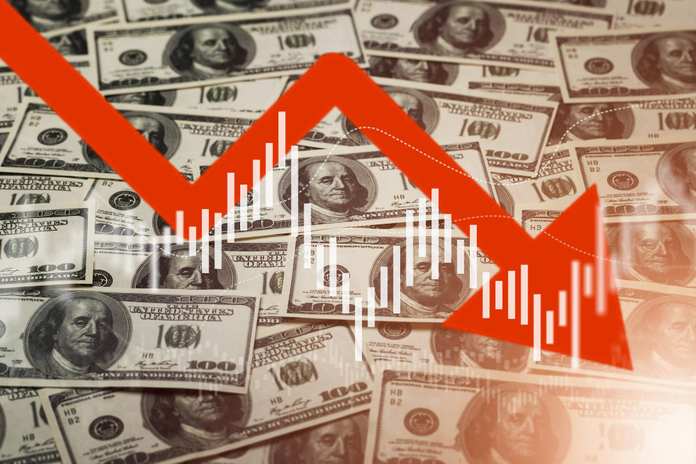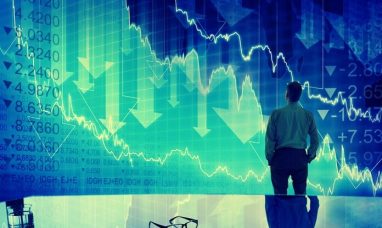A closely watched recession indicator, the Sahm Rule, is on the verge of flashing red, raising concerns about the U.S. economy’s health. The Sahm Rule, developed by economist Claudia Sahm, has a track record of accurately predicting recessions since the early 1970s. If the upcoming July jobs report reveals that the unemployment rate has risen to 4.2%, the Sahm Rule will be triggered. However, economists, including Sahm herself, caution against immediately concluding that a recession is imminent.
Understanding the Sahm Rule Recession Indicator
The Sahm Rule recession indicator states that if the three-month average of the national unemployment rate increases by 0.5% or more from its low over the previous 12 months, a recession is likely underway. This rule has been a reliable predictor of recessions, but the current economic landscape presents unique challenges that may affect its accuracy.
Economic Experts Weigh In
Claudia Sahm recently wrote on Substack that the current rise in unemployment might not be as alarming as it seems. She attributes this to recent shifts in the labor market, such as pandemic-induced changes in labor force participation and a significant increase in immigration.
“In past recessions, the share of entrants — those without work history or those returning to the labor force — fell,” Sahm wrote. “Currently, the entrant’s share is unchanged. This would be consistent with increased labor supply from immigrants pushing up unemployment, not a sign of weakening demand as is typical in a recession.”
Alternative Views on the Sahm Rule Recession Indicator
Michael Gapen, head of U.S. economics at Bank of America Securities, supports Sahm’s view. He believes that the current rise in the unemployment rate is largely due to the growth in the labor force from immigration outpacing labor demand. “The unemployment rate is rising largely because growth in the labor force from immigration is outpacing labor demand,” Gapen said, indicating that the uptick in unemployment is not primarily due to firms cutting costs through layoffs.
In Yahoo Finance’s latest Chartbook, the team at Yardeni Research proposed an alternative version of the Sahm Rule. They suggest using the insured unemployment rate from weekly jobless claims data, which excludes new workers entering the labor force. Eric Wallerstein, chief market strategist at Yardeni Research, noted that this data shows “little cause for concern that the labor market is cracking.”
Market Reactions and Predictions
Despite these expert opinions, the market is likely to react strongly to a potential Sahm Rule trigger. RBC Capital Markets head of U.S. rates strategy, Blake Gwinn, noted in a client memo that a Sahm Rule trigger could amplify negative sentiment and lead to markets pricing in higher odds of a hard landing for the economy.
“We think a Sahm rule trigger this week would be less meaningful than in the past given the constellation of labor market data — but that isn’t going to matter on Friday, and we wouldn’t expect much sympathy for this view,” Gwinn wrote.
Conclusion
The upcoming July jobs report has the potential to activate the Sahm Rule recession indicator, sparking debates among economists and market participants about the true state of the U.S. economy. While the Sahm Rule has been a reliable predictor of past recessions, the current economic context, marked by unique labor market dynamics, may require a more nuanced interpretation. As experts like Claudia Sahm and Michael Gapen suggest, an increase in the unemployment rate may not necessarily indicate an impending recession but rather reflect broader changes in the labor market.
Regardless of these nuanced views, a Sahm Rule trigger is likely to influence market sentiment significantly, emphasizing the importance of closely monitoring economic indicators and their broader implications.
Featured Image: Freepik









